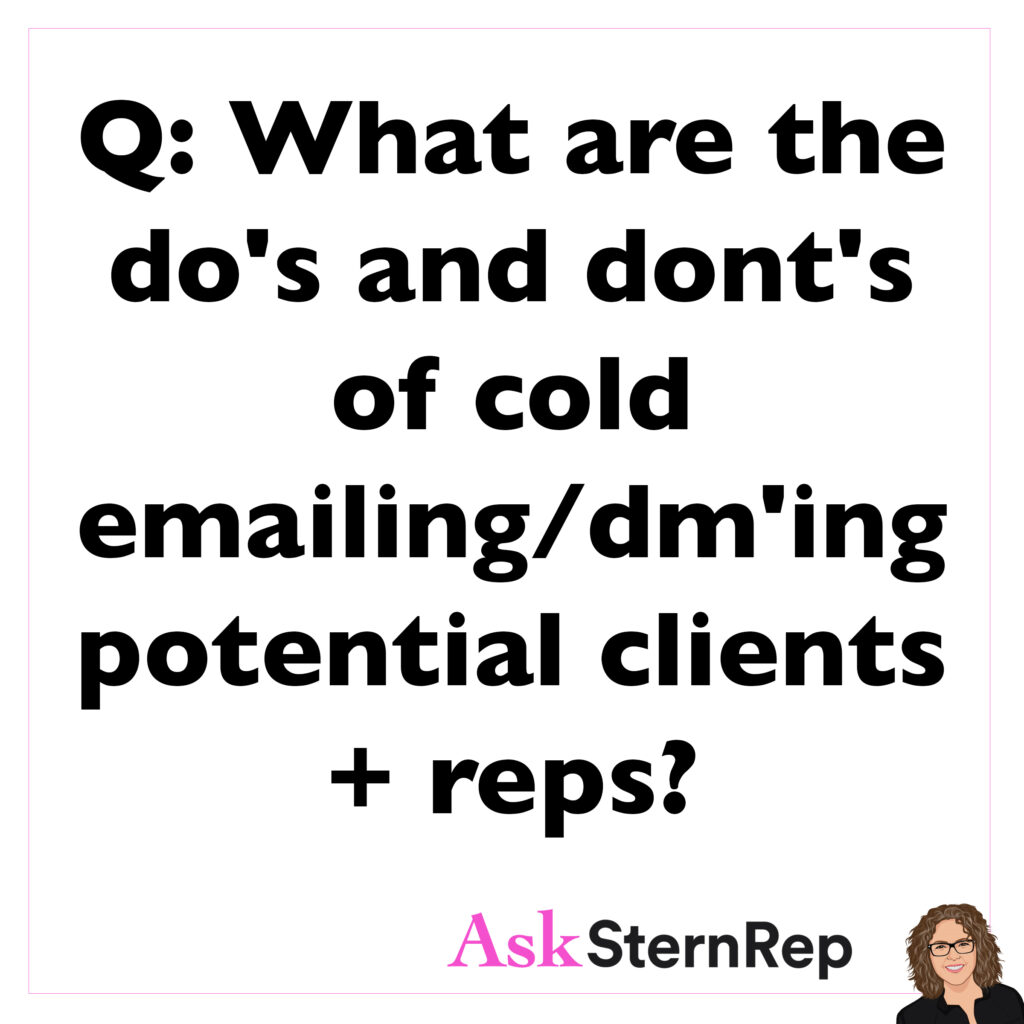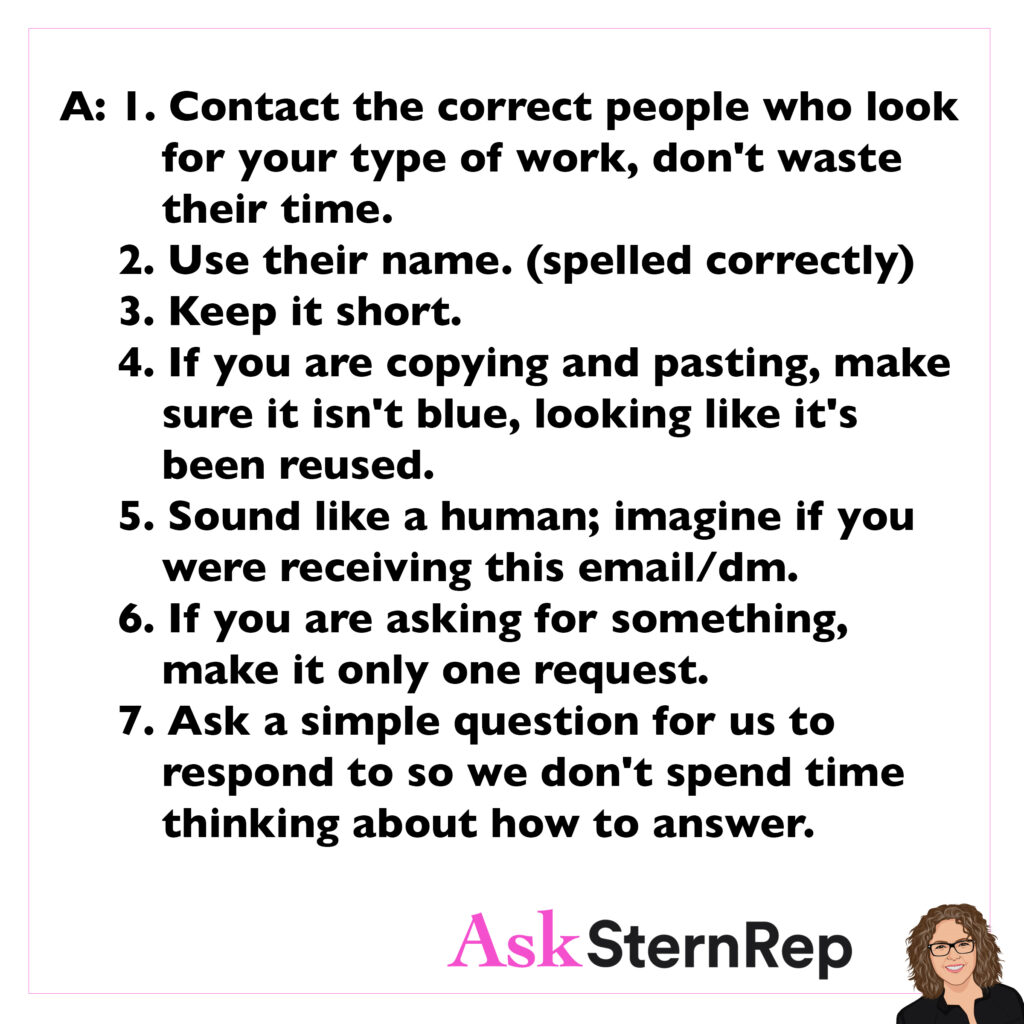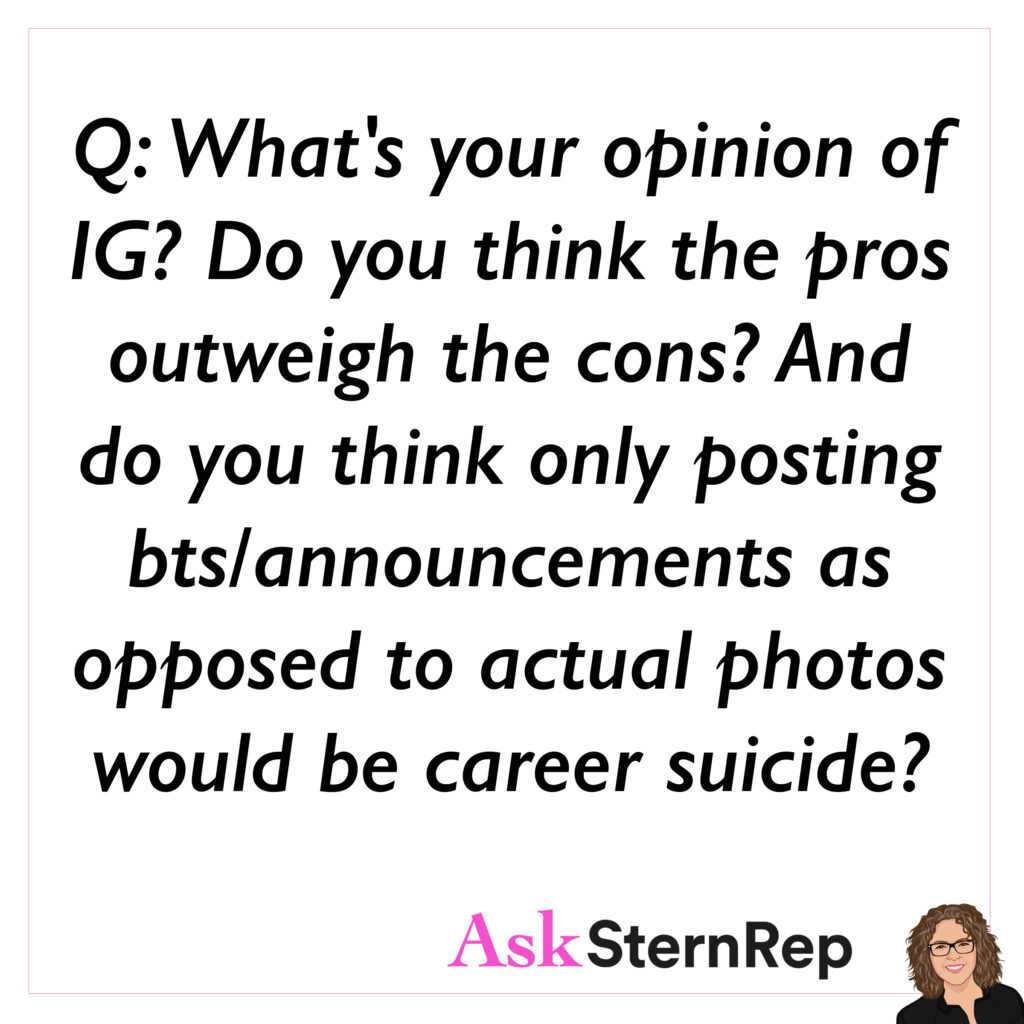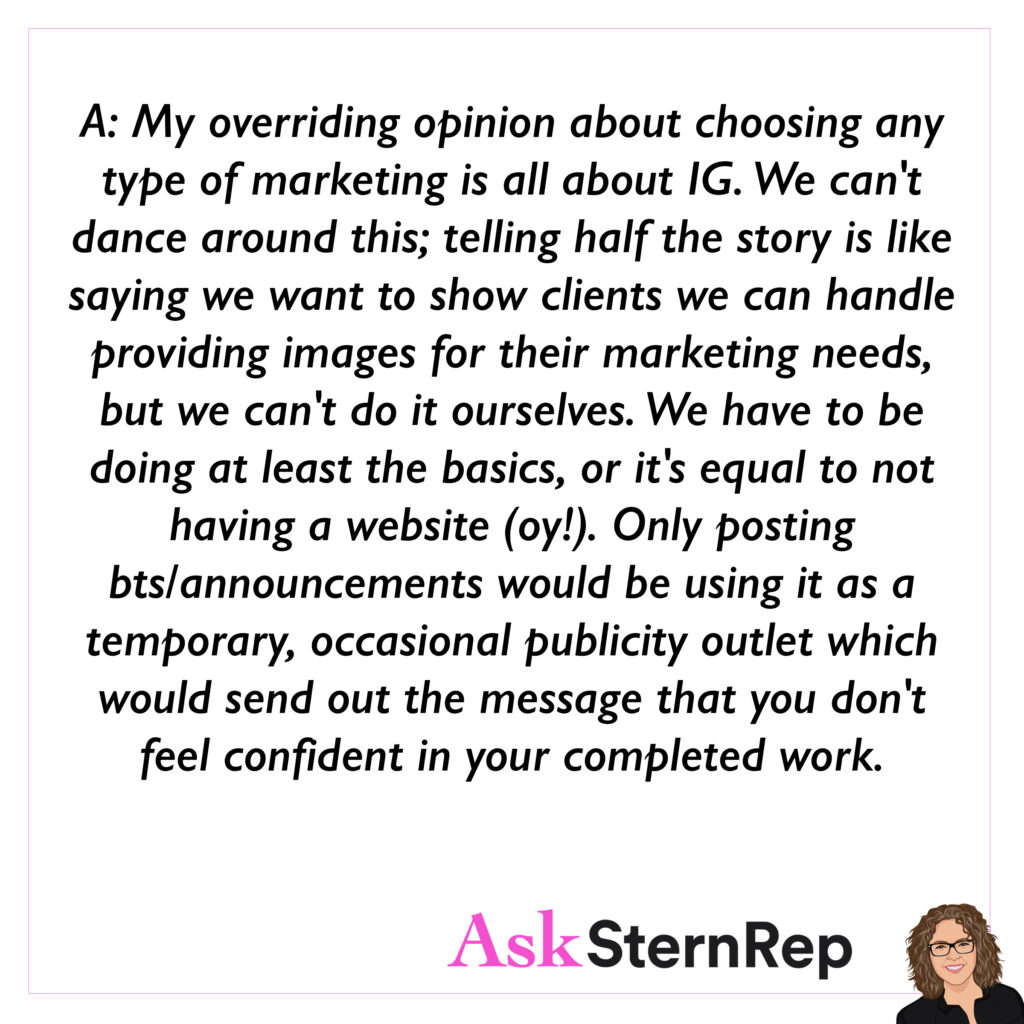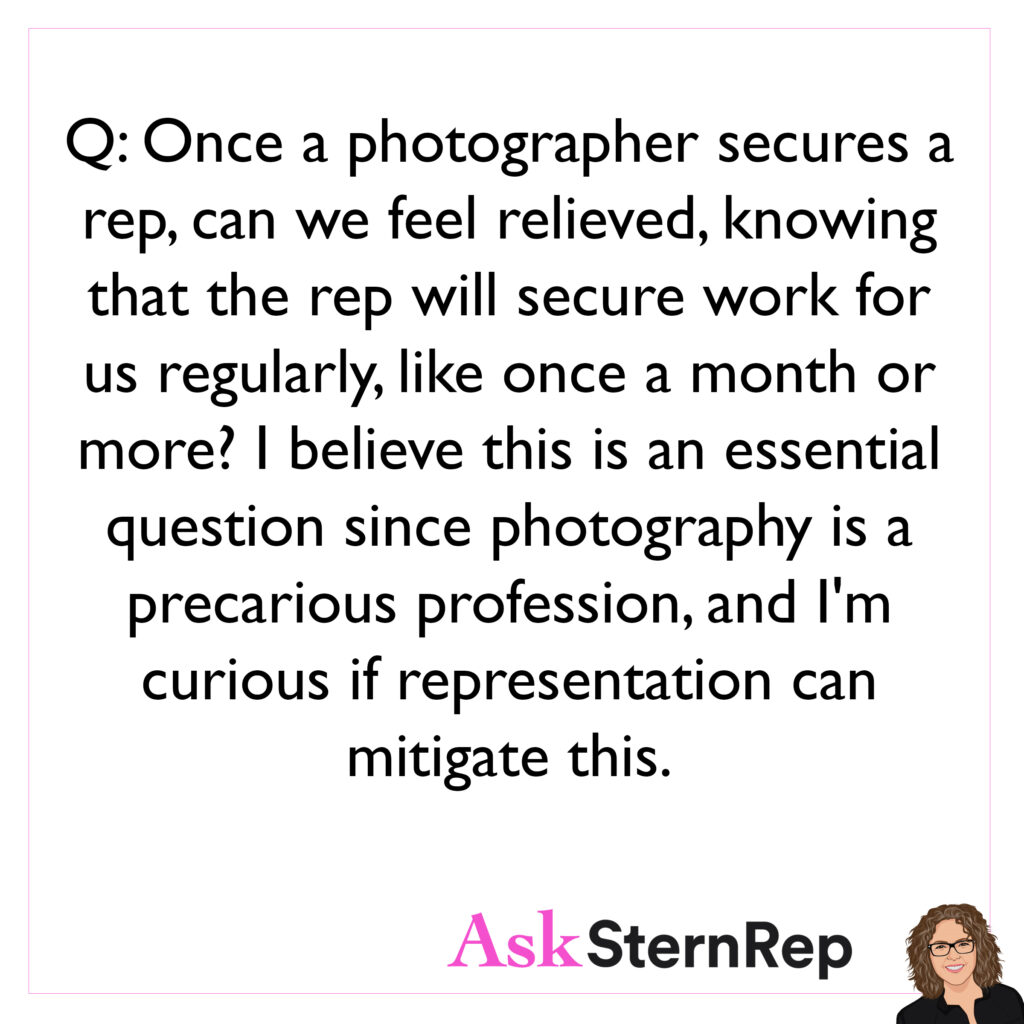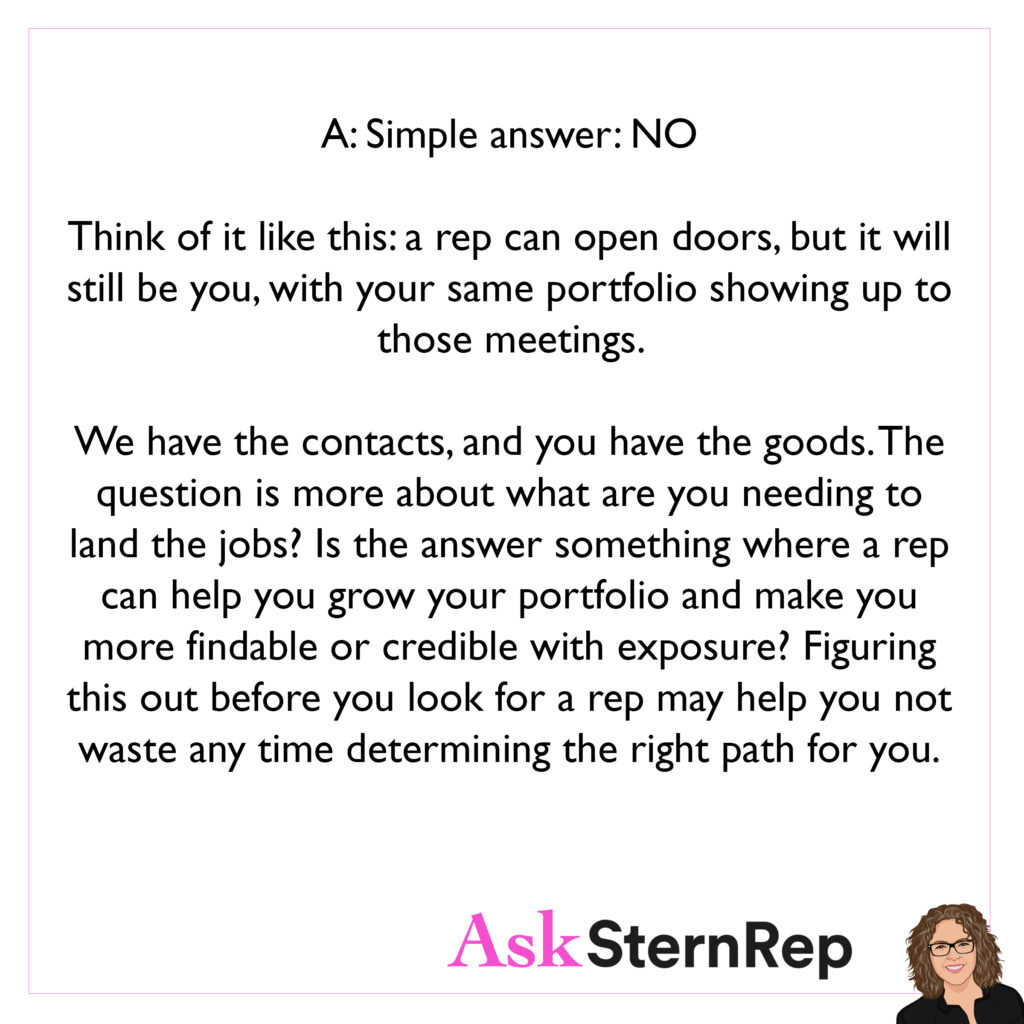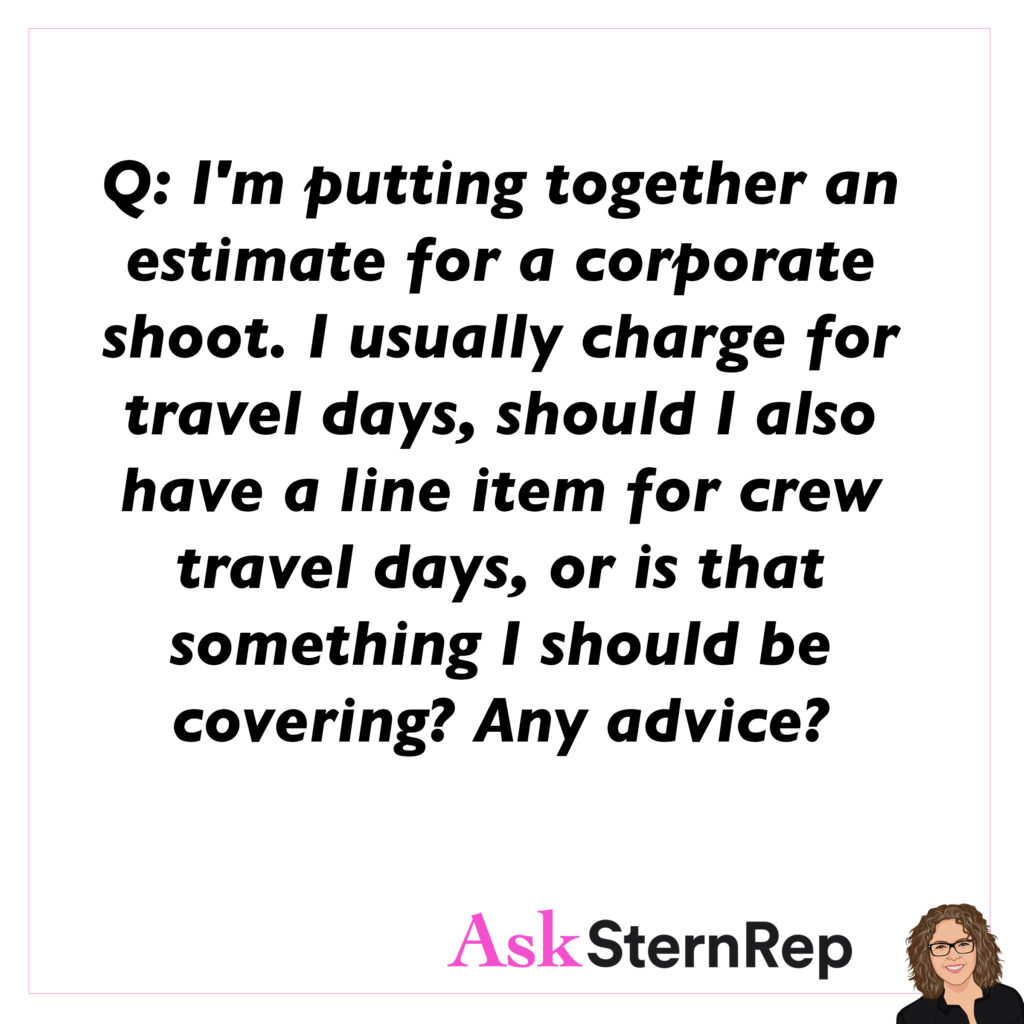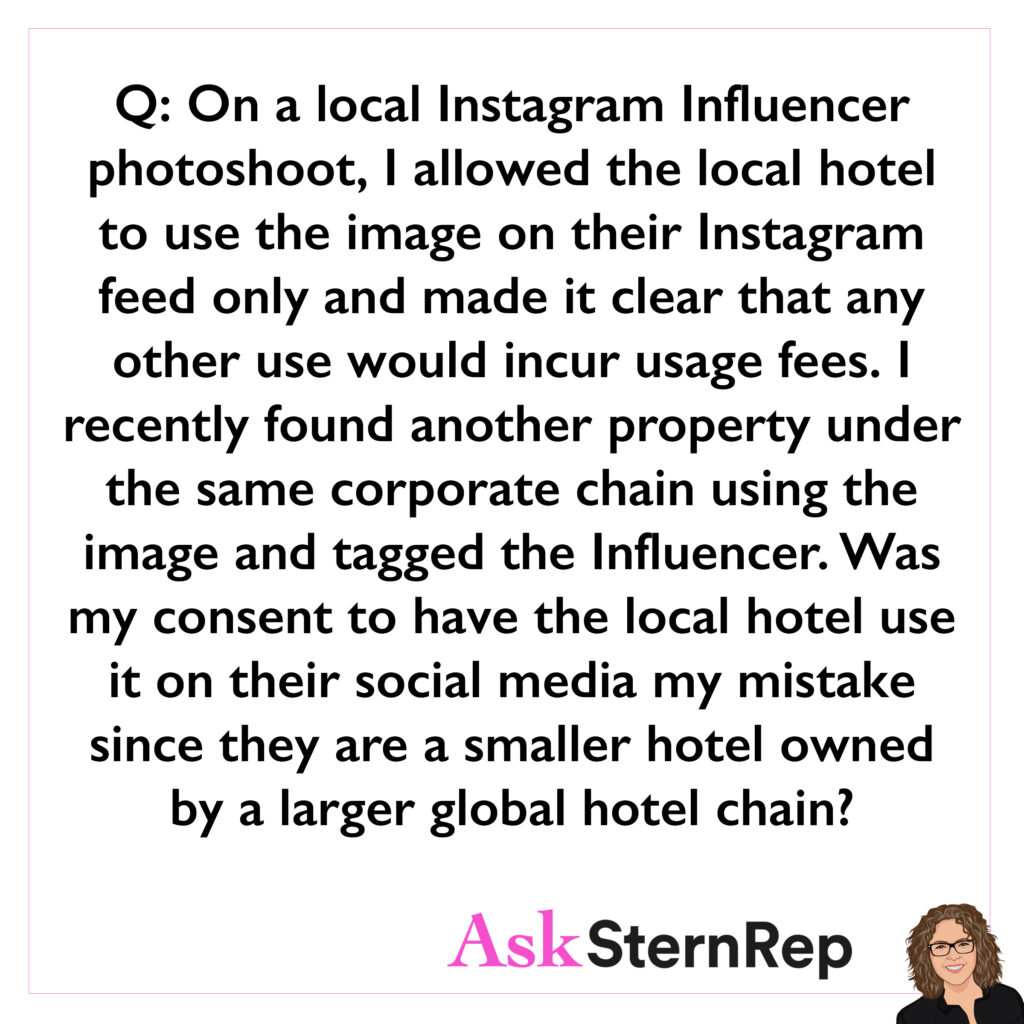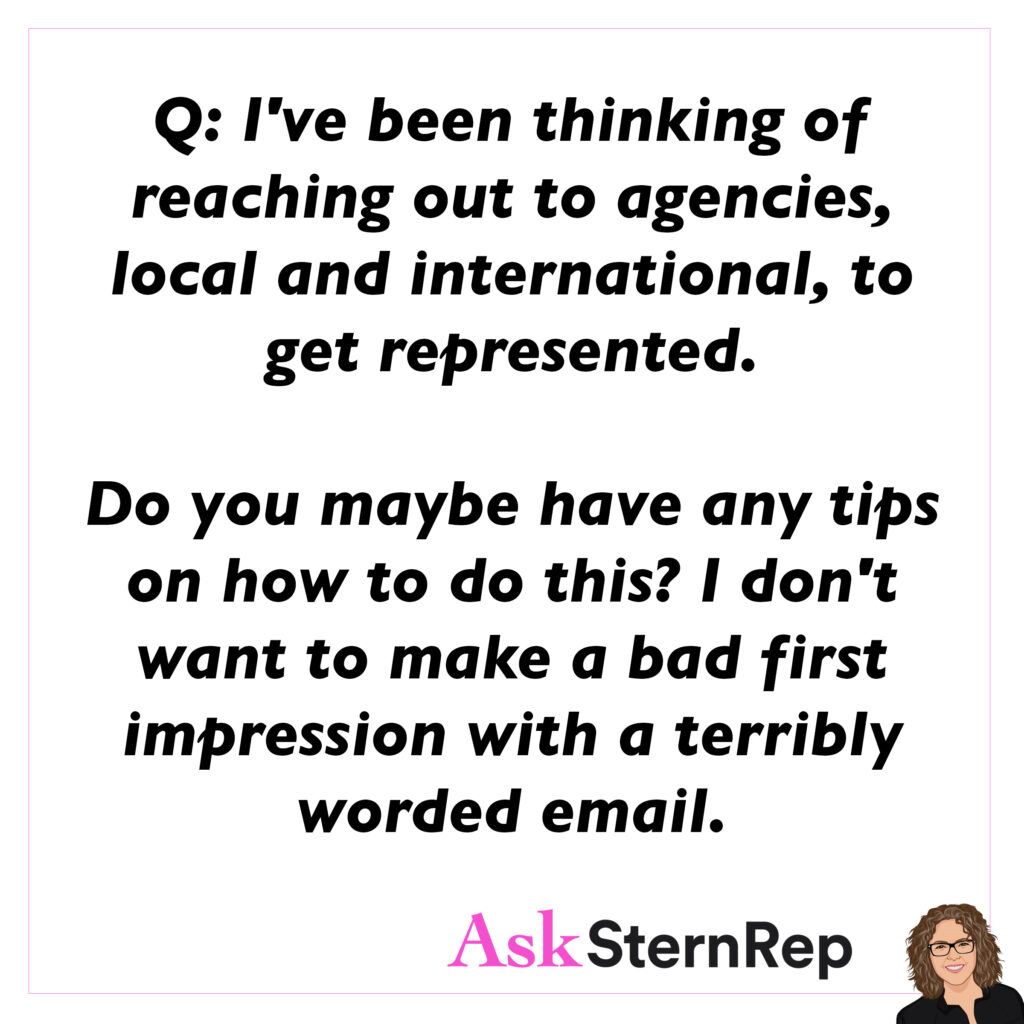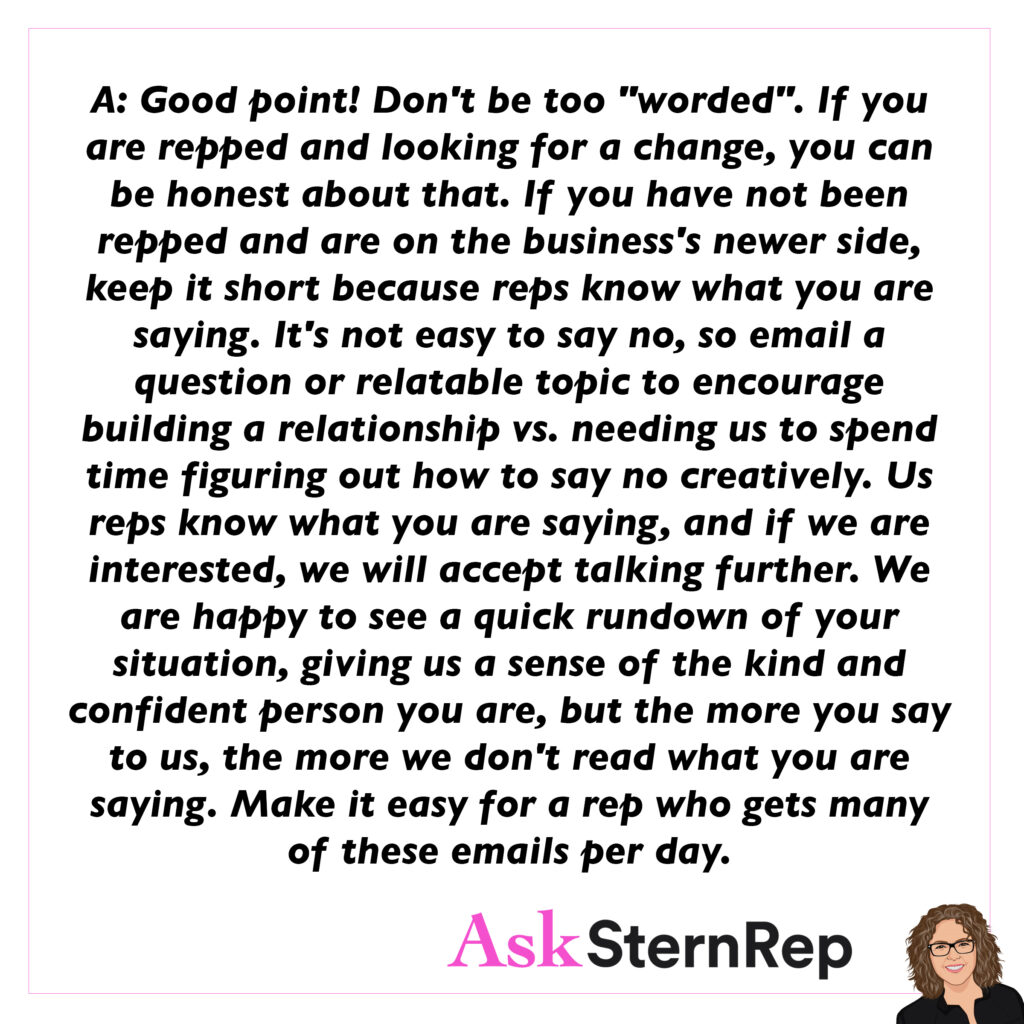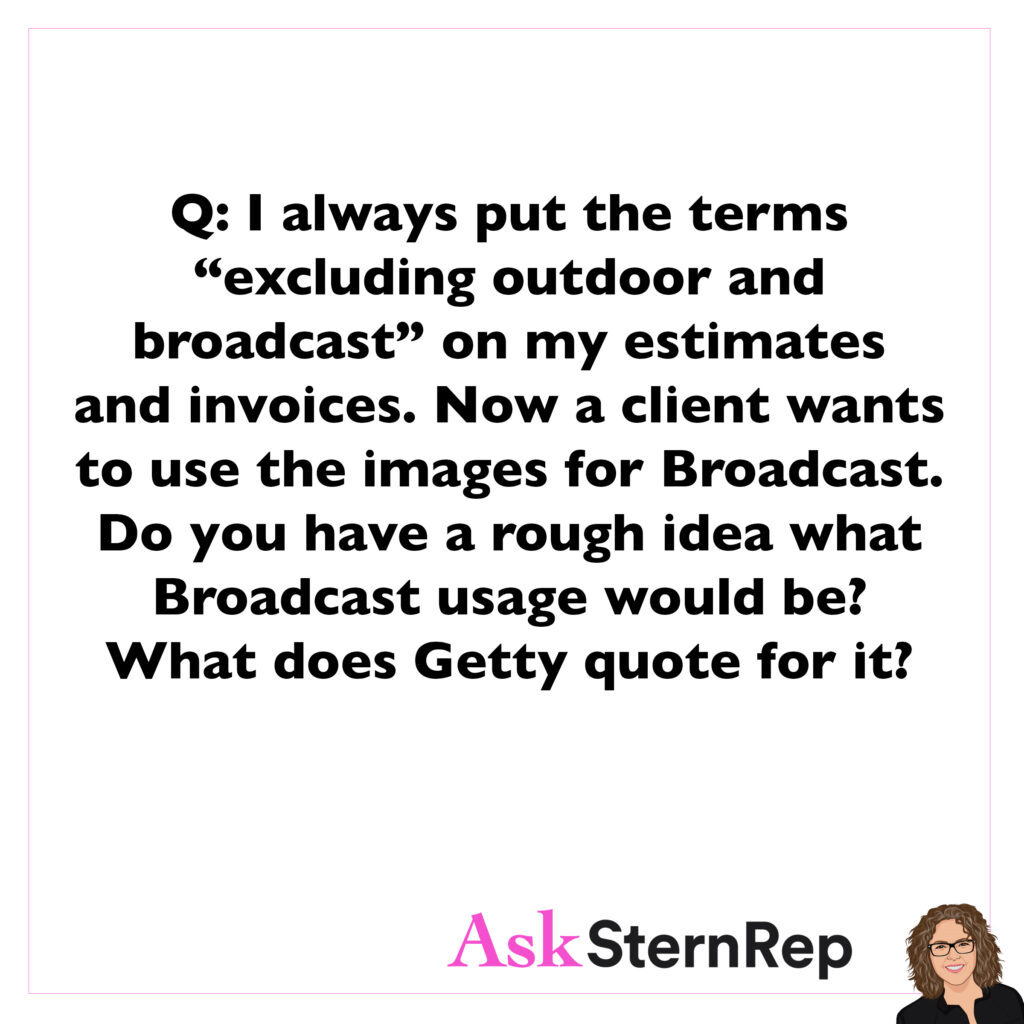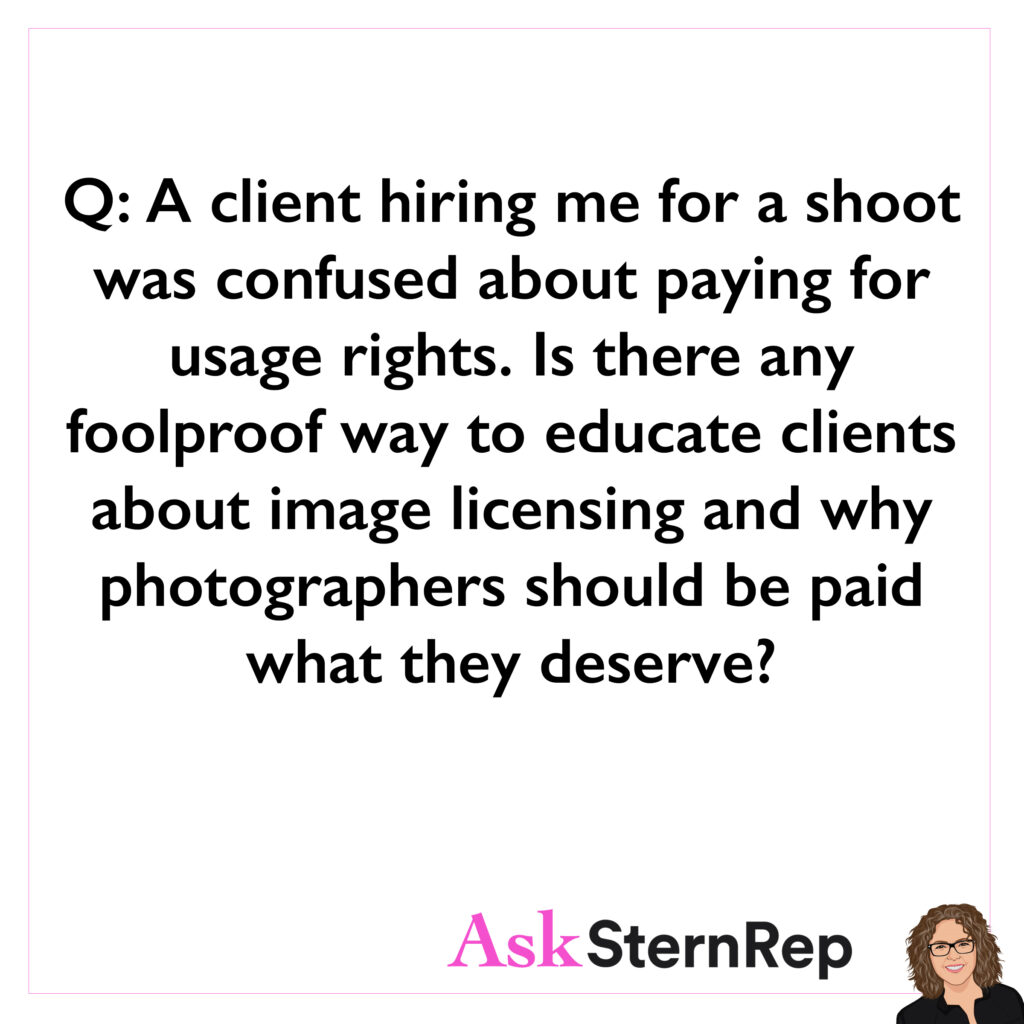
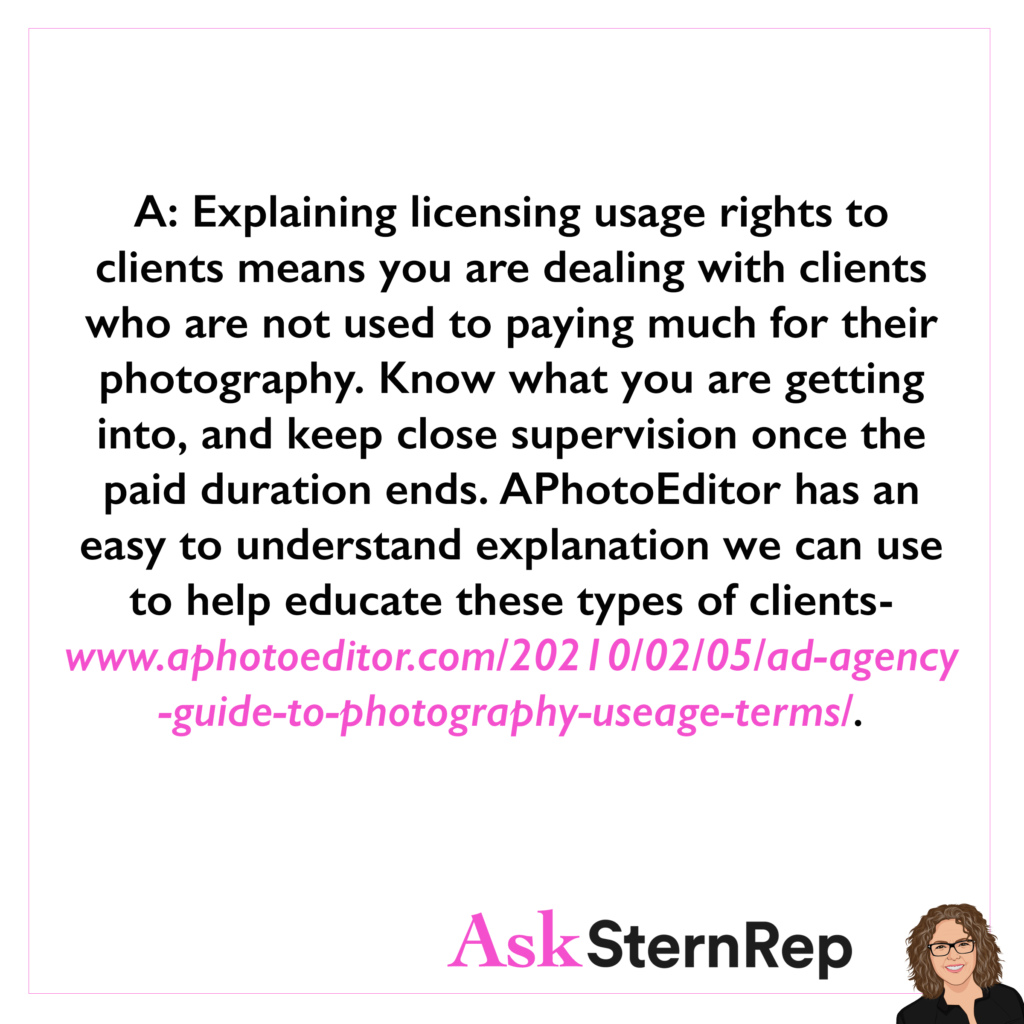
Q:
A client hiring me for a shoot was confused about paying for usage rights. Is there any foolproof way to educate clients about image licensing and why photographers should be paid what they deserve?
A:
Explaining licensing usage rights to clients means you are dealing with clients who are not used to paying much for their photography. Know what you are getting into, and keep close supervision once paid duration ends. APhotoEditor has an easy-to-understand explanation we can use to help educate these types of clients-
www.aphotoeditor.com/2010/02/05/ad-agency-guide-to-photography-usage-terms/

